We often think of mathematical ability as being uniquely human, but in fact, scientists have found that many animal species—including lions, chimpanzees, birds, bees, ants, and fish—seem to possess at least a rudimentary counting ability or number sense. Crows can understand the concept of zero. And a study published in April found that both stingrays and cichlids can take this rudimentary "numerosity" to the next level, performing simple addition and subtraction for a small number of objects (in the range of 1 to 5).
The latter study's conclusion doesn't surprise cognitive psychologist Brian Butterworth, an emeritus professor at University College London and author of a new book, Can Fish Count? What Animals Reveal About our Uniquely Mathematical Minds.
"There are lots of animals that can do addition and subtraction," Butterworth told Ars. "Bees can. Bees can represent zero as well. So it's not surprising to me that stingrays and cichlids can do it." His book explores how the ability to process mathematical information and extract numerical data from their environment is critical to an animal's ability to survive and thrive. In fact, there might just be an innate understanding of math at its most basic level that was passed down the evolutionary chain from our most distant common ancestors.
Butterworth's interest in the number sense of animals has its roots in his early work as a psycholinguist in the 1980s. When he met an Italian psychologist named Carlo Semenza at a conference, he became intrigued by human disorders in language, like aphasia, and mathematical cognitive disorders, particularly dyscalculia. Christian Agrillo, one of Semenza's students who came to work with Butterworth, was an expert on fish and gave a talk on his research demonstrating that some small fish have numerical abilities. Butterworth was fascinated and eventually developed a parallel research program focusing on the numerical abilities of fish. "And once you get into fish, there's all sorts of other animals that grab your interest," he said.
Butterworth is still studying the genetics and neuroscience underlying number sense in fish, with plans to conduct brain imaging studies later this year. And just how does one go about peeking inside a fish's brain as it counts? "First of all, you need to insert a [biofluorescent] gene, where when neurons connect, when synapses connect, they light up," said Butterworth. "Then you have to have a fish whose head is transparent—a larval version of the fish. That way you can see what’s going on in the fish’s brain using a microscope, while it is choosing the size of the tank with more objects in it."
Ars sat down with Butterworth to learn more.
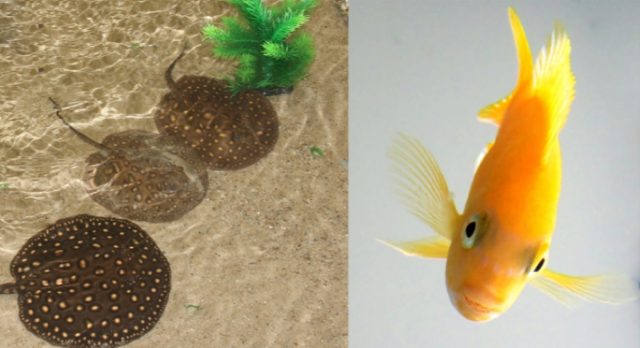
Ars Technica: What are we talking about when we talk about so-called "numerosity"? You're very careful in your book to emphasize that this isn't like advanced logic and reasoning.
Brian Butterworth: We're talking about the number of things in a set. It's very simple. It has nothing to do with reasoning [or] logical mathematical intelligence. This is information that will be in the environment. The fish has to have some mechanism for extracting this numerical information from the environment. A set can be a shoal. It's quite complicated because fish in shoals move around. So the fish has to be quite cunning in how it assesses the numerosity of a shoal. We're not quite sure how they do it yet, but when we start looking into their brains, we might get a clearer picture.
Ars Technica: One of the most famous cases of animals that could supposedly count was a horse named Clever Hans in the early 20th century. But it turned out Hans wasn't actually counting; he was reading the behavioral cues of his handler. So how do you know whether animals are really counting?
Brian Butterworth: Clever Hans was clearly a very clever horse, but he was not necessarily mathematically clever. He wasn't properly tested for his mathematical abilities. The example of Clever Hans meant that subsequent scientists—particularly the German ethologist Otto Koehler before the Second World War—designed their experiments to ensure there was no Clever Hans effect.
For example, the animal could not see the experimenter. Koehler was very clear that had to be the case. You have to make sure that the animal is responding to numerical information in the environment and not something else. Take dots. The more dots of the same size there are, the more of that color there is in the environment. So you have to control for that. If you've got three dots of one size and then four dots of another size, the four dots must be smaller dots than the three dots.
My colleagues at the University of Padua have done additional studies with fish. We've had these little fish sitting around in the middle of a tank. On either side, they can see two potential shoals to join, but they can only see one fish at a time in each of the shoals. They can look at the left side of the tank, and they can see one, two, three fish swimming around there. So they have to add them up: one plus one plus one. Then they see four fish on the other side of the tank. Again, they can only see one at a time. So they have to come to a conclusion about the number of fish on the other side. Then they have to do something [akin to] an analytical operation—namely, deciding which side has more, i.e., the usual greater than/less than sign that you find in early arithmetic in schools.
Koehler thought that in the wild, animals did not count. They could learn to count in the lab, but in the wild, they didn't. More recently, Hans Davis, a Canadian scientist, suggested that animals can count in the wild, but they only do it as a last resort when everything else is not easy for them.
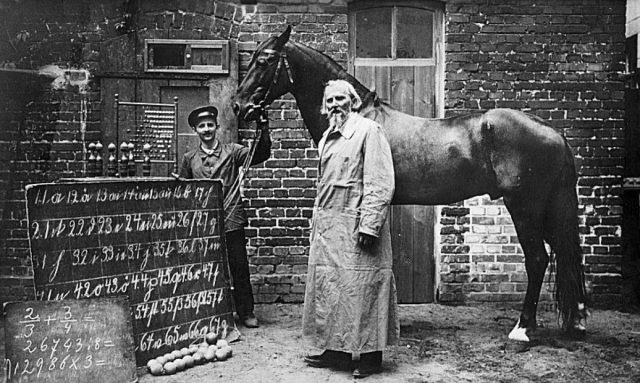
But studies involving very extensive controls with both monkeys and birds show that they really are responding to the number of things in the display. Elizabeth Brannon at the University of Pennsylvania has shown that when animals in the lab are given a choice between responding to the shape or the amount (number) of objects, they actually respond better to the number than they do to these other dimensions. So I don't think Hans Davis is quite right, that it's only as a last resort. I think it just depends upon where the most salient information in the environment is for that particular task.
Ars Technica: A 2008 study showed that roundworms navigate by detecting differences in salt levels in the soil—essentially taking a differential and using that to navigate. They're not really taking a differential in the same way that a human would do calculus, but it seems they're doing something similar.
Brian Butterworth: Many creatures migrate for different reasons. It might be just an hour's migration to find a food source and then come back to their home. Some migrate a long way, like homing pigeons, for example. The bar-tailed godwit flies from Alaska to New Zealand and back again in a year. So how do they do this migration?
We know that they have to have some kind of compass, perhaps a sky compass. They can also use the Earth's magnetic field to help locate their latitude. A sky compass helps you locate your longitude, but it's really quite complicated because you're not flying in a straight line. You have to do what sailors call "dead reckoning." So every time you turn left and go so far, you have to make a note of that. And then you turn right and you have to make another adjustment to your mental map. They have to have a mental map. They have to do all this dead reckoning, or what scientists call "path integration," in order to know where they are on their map and therefore how they can get back home.
My analogy is maybe they’ve got something like Google Maps in their head. Google Maps is just numbers all the way down, ultimately zeros and ones. Google Maps can contain other information besides direction. You can ask it to locate gas stations and restaurants. If you're going on a long journey, you need to know where these things are.
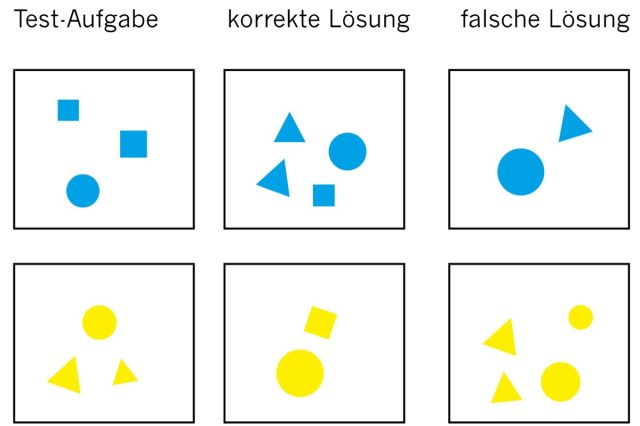
I'm not saying that the bar-tailed godwit has something exactly like Google Maps. But it has the kind of information that's necessary, and it could be coded numerically. Birds that traverse distances of thousands of miles not only have to have [a sense of] direction over the surface of the Earth, they also have to have a three-dimensional map because they're encountering headwinds and side winds. And they have to know the right altitude at which to fly. So they need something like a three-dimensional map, which could all be coded in numbers, just like Google Maps.
Ars Technica: We know that in humans, there's a certain brain region that seems to be associated with dyscalculia, or with mathematical thinking. Some of these creatures don't have the same brain structures, and yet they're still able to do this. You suggest in your book that this is indicative perhaps of something truly fundamental about this kind of numerical reasoning.
Brian Butterworth: For us, the key brain regions are in the neocortex, particularly part of the parietal lobes of the humans—also the parietal lobes of the monkeys. That's where they do their numerical processing as well. But there are lots of creatures that don't have a cortex at all. Birds, for example, are very good at numbers but don't have a cortex. There have been studies of bird brains, crows in particular, showing there are individual neurons that respond to particular numerosity in the bird's brain—not in the cortex but in a region called the pallium, which may be an evolutionary ancestor of the cortex. Insects are quite good at counting, and they don't have a pallium at all. Fish do, but ants and bees don't. So they have to do it a different way.
We know that very, very distant common ancestors of humans and the fruit fly—we're going back hundreds of millions of years here—have a mechanism for timing. Fruit flies have mechanisms for timing that seem to be built by the same genes, or at least equivalent genes. What these genes do is build the appropriate mechanism in the kind of material environment that they can build it in. There are also genes for building eyes, and they're expressed differently in different creatures. So if you've got timing genes, then I don't see why you shouldn't have number genes.
Ars Technica: There is some debate that this kind of ability not only evolved in many different species but seemed to evolve several times over, suggesting that this might just be the most efficient way to help creatures survive. You need to be able to count. There's a quantitative element that is fundamental to our survival, and it looks like nature has evolved a very similar mechanism in many different species multiple times over.
Brian Butterworth: We don't really know whether it's convergent evolution or whether we've inherited the same mechanism. As you point out, numerical information is very important for all sorts of creatures—for fish, finding the larger shoal; for lions, only attacking intruders if they outnumber them. Whether these mammals have separately evolved a similar mechanism to the fish for doing comparable jobs, we don't know. We need to find the genes that were involved if we are looking for inheritance of these mechanisms. And we don't know what those genes are at the moment.
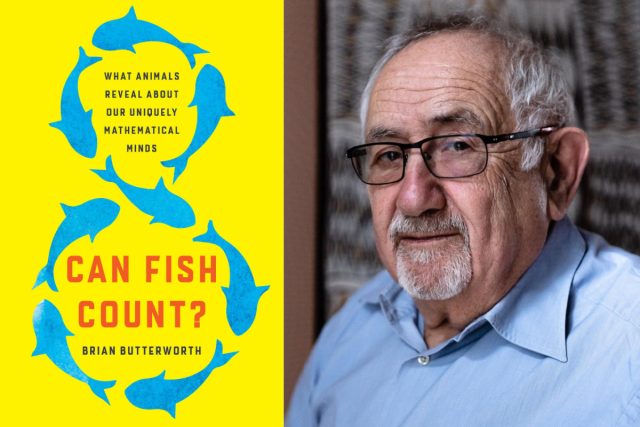
Variations in human mathematical ability have about a 30 percent genetic component. For individuals with really bad numerical skills—those with dyscalculia—there also seems to be a significant heritable component. But it's a bit more complicated because the critical area for doing number processing in the human brain is in the parietal lobes. Humans with dyscalculia have different functioning and different structure in their parietal lobes. These are individuals who are very bad at very simple number tasks, like saying how many dots there are in a display. These people show less activation, and they show less gray matter density than controls. Those two things may go together. So other things that might affect the development of the parietal lobes also seem to lead to mathematical difficulties.
There are also genetic anomalies like Turner Syndrome, where females have one complete X chromosome and either no other X chromosome—they should have two—or an incomplete second X chromosome. I think every properly tested example of a Turner Syndrome female has dyscalculia. They've also got abnormalities in their parietal lobes in the presence of entirely normal cognitive processing. They can have entirely normal intelligence, memory, and so on. And yet they're very bad at just saying how many dots are on a display.
Ars Technica: What is the most surprising thing you learned while writing the book?
Brian Butterworth: I didn't know about insects like bees, ants, and spiders. For instance, some ants count their steps. An ant has to go and find food or building materials and bring it back to the nest. Most ants leave a chemical trail. So Antony Ant can use his own trail to find his way back. Other ants in that general area can use Antony's trail and maybe make it stronger. But suppose Antony can't leave a chemical trail. It's a very hot environment and very windy, so any chemical trail will disappear. How does Antony know where he’s looking for food and how he’s going to get back? He counts his steps so he knows how far he's gone by the number of steps he's counted.
There have been several experiments with this particular type of desert ant. That's exactly what they do. The original study discovered this by letting an ant find food in the laboratory and then modifying the length of the ant's legs. If they lengthened the legs after an ant found food, it wouldn't go back right to where it came from; it would end up further beyond the nest.
God knows how they calculate. The basic point of my book is that counting is really simple. Think of a tally counter. You press the lever once for each sheep you see and don't press it for the goats, for example. It’s a very cheap mechanism, just a couple of dollars on Amazon. In animal models, it requires very few virtual neurons to count the number of objects that a bee, for example, is counting when it's traversing a display.
The issue isn't how these tiny brains can count, because you don't need many neurons for that. What's expensive neurally is deciding what to count and being able to count different things. Humans can count almost anything, but I don't know whether ants can count anything other than their steps. We know that bees can count petals and we know that they can count landmarks. If they count four landmarks and they count four petals, is it the same representation in the bee's brain? We don't know that yet. I'm hoping someone is going to do that research.


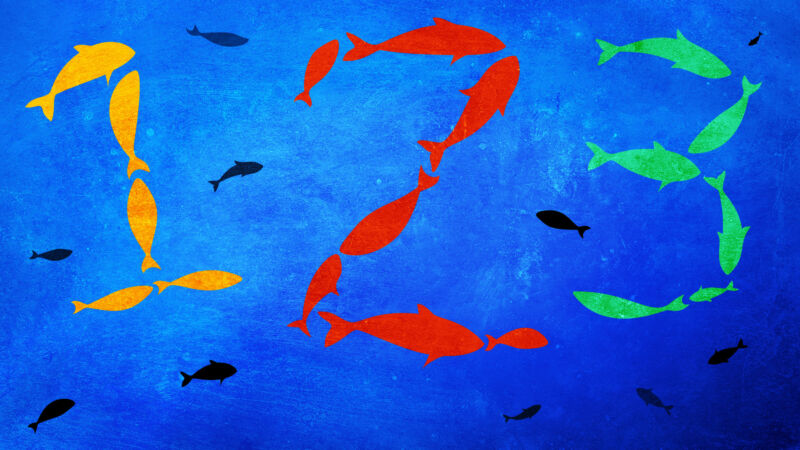
3175x175(CURRENT).thumb.jpg.b05acc060982b36f5891ba728e6d953c.jpg)

Recommended Comments
There are no comments to display.
Join the conversation
You can post now and register later. If you have an account, sign in now to post with your account.
Note: Your post will require moderator approval before it will be visible.